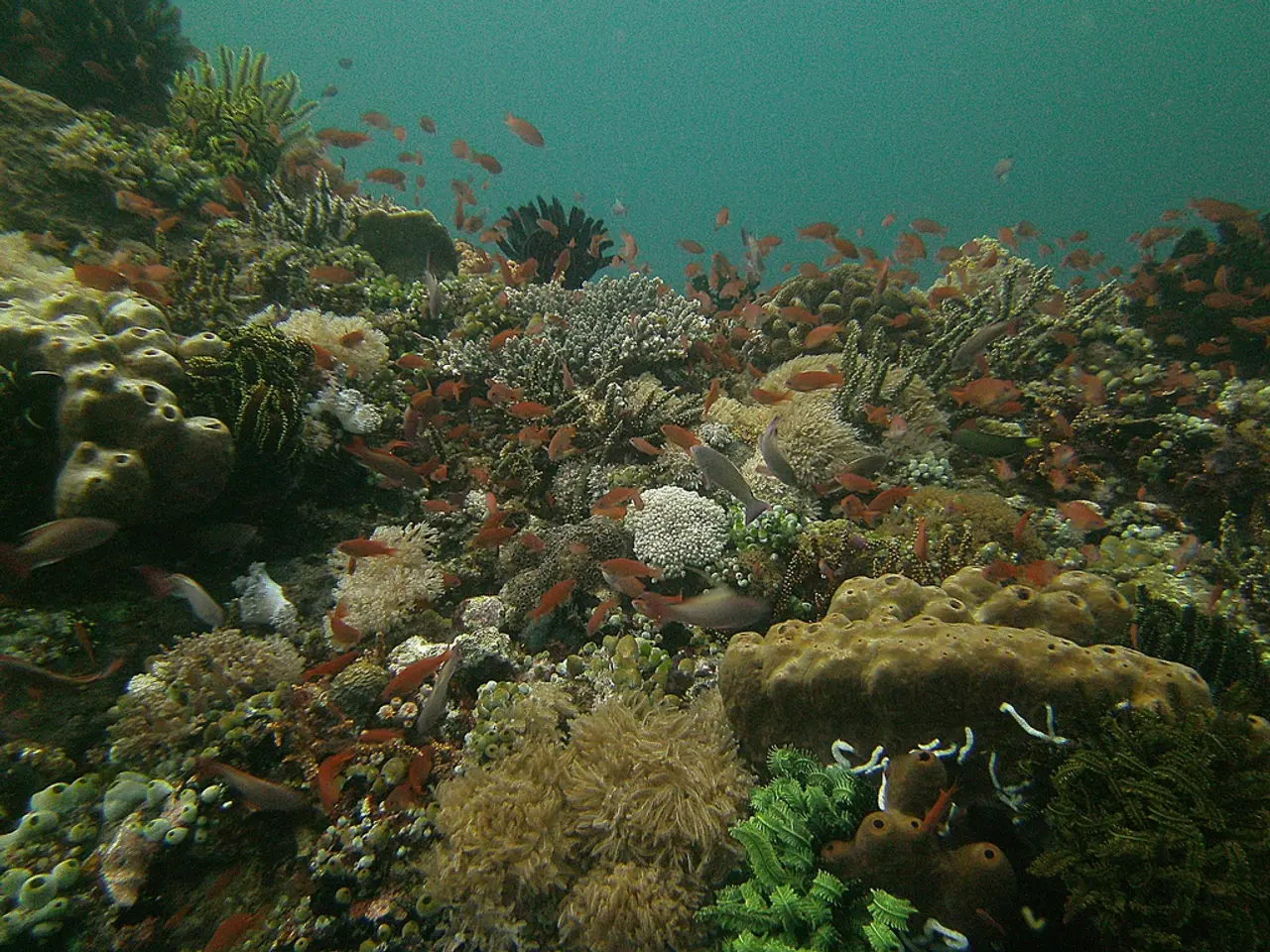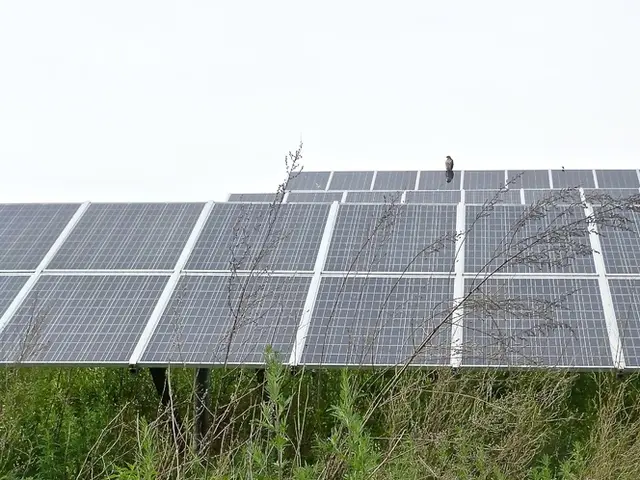Marshall Islands' Rat Eradication Boosts Fish, Coral, and Trees
In a promising development for marine ecosystems, fish biomass near certain islands has shown a significant increase, with nearly 50% more fish than usual. This surge is attributed to the absence of rats and the presence of seabirds, which help control algae growth that could otherwise harm coral reefs. This nature-based solution is part of a larger effort to combat the existential threats posed by rising sea levels and warming oceans.
The Marshall Islands government, in collaboration with international conservation organizations, launched a rat eradication campaign in 2024 using drones to deliver conservation bait. This initiative has led to dramatic results on Bikar Atoll and Jemo Islet. Once dominated by rats that fed on native species and their eggs, these islands are now seeing a resurgence of seabird populations. A colony of about 2,000 sooty terns is now breeding on Bikar, and white terns are having a bumper nesting season on Jemo.
The return of seabirds has brought significant benefits. Their nitrogen-rich guano fertilizes trees and promotes coral growth, with coral reefs around these islands growing up to four times faster. The removal of rats has also led to a 5,000% increase in native trees on Palmyra Atoll in just four years, boosting carbon storage and helping to mitigate climate change. Thousands of Pisonia grandis seedlings are now sprouting, providing vital nesting habitat for various seabird species.
The rat eradication program on Bikar Atoll and Jemo Islet has proven successful, with seabirds returning, forests regrowing, and coral reefs recovering. This nature-based solution offers hope for the preservation of atolls in the face of rising sea levels and warming oceans. The Marshall Islands government and international conservation organizations continue to work together to restore these vital ecosystems.
Read also:
- Industrial robots in China are being installed at a faster rate than in both the United States and the European Union, as the global market for these robots faces a downturn.
- Galvanize Unveils $1.3 Billion Plan to Fund the Energy Sector's Evolution Pathway
- EAFO Research Uncovers Crucial Elements in Electric Vehicle Adoption within the EU
- Zeppelin's Fuel Cell Unit Powers 'Sandstedter Sommer' Festival








